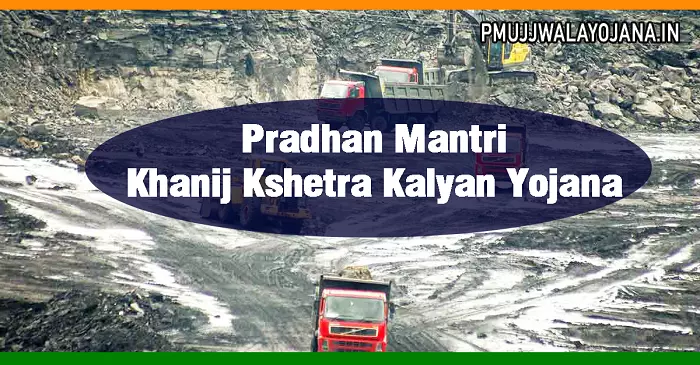Pradhan Mantri Khanij Kshetra Kalyan Yojana 2025 works to improve mining areas and the lives of people living there. India has many valuable minerals, and the government wants to make good use of these resources. That’s why this scheme was started—to support mining regions and the communities affected by mining activities.
PM Khanij Kshetra Kalyan Yojana (PMKKKY) focuses on the well-being of people in mining zones, especially those belonging to Scheduled Tribes. This article gives you an overview of PMKKKY 2025, its goals, benefits, and important features.

Overview of Pradhan Mantri Khanij Kshetra Kalyan Yojana
Launched on September 17, 2015, by Prime Minister Narendra Modi, PMKKKY aims to uplift mining areas and improve the health, economy, and infrastructure for tribal communities working in mining. Many tribal people live in mining regions listed in the Fifth Schedule of the Constitution. This scheme supports these people by using funds from the District Mineral Foundation (DMF) to improve their quality of life and protect their environment.
Pradhan Mantri Awas Yojana List
How is PMKKKY Money Used?
Under this scheme, 60% of District Mineral Foundation funds go to the most important areas and 40% to other areas.
| Main Focus Areas | Other Areas |
| Clean drinking water supply, environmental care, health services, education, protecting people’s interests, care for elderly and handicapped, skill development, sanitation | Improvements in infrastructure like irrigation, energy, watershed projects, and other environmental efforts in mining areas |
Main Details of PMKKKY 2025
| Scheme Name | Pradhan Mantri Khanij Kshetra Kalyan Yojana (PMKKKY) |
| Launched By | Central Government |
| Year | 2025 |
| Beneficiaries | People living in Mining Areas |
| Objective | To develop mining areas and improve the living standards of local residents |
| Benefits | Better health, infrastructure, and economy for mining region inhabitants |
| Official Website | — |
Pradhan Mantri Kaushal Vikas Yojana
Goals of Pradhan Mantri Khanij Kshetra Kalyan Yojana
Many tribal communities live in mining areas protected under the Constitution’s Fifth Schedule. PMKKKY helps protect their health, environment, and economy. The scheme works to improve mining zones by increasing job opportunities, encouraging independence, and raising quality of life. It also aims to keep the natural environment safe while benefiting the local population.
Benefits and Features of PM Khanij Kshetra Kalyan Yojana
- Focus on tribal populations in mining areas to improve health, environment, and economy.
- 60% of funds spent on main areas like clean drinking water, healthcare, sanitation, education, skill development, women and child welfare, elderly and disabled care, and environment protection.
- 40% of funds used to improve infrastructure such as irrigation, electricity, and watershed development.
- Only Rs 5,529 crores out of total Rs 22,859 crores in DMF are currently used for this scheme.
- Non-profit trusts set up in mining-affected districts manage the PMKKKY funds since 2015.
- 5% of DMF collections cover administrative and regulatory costs of the trusts.
- Specific guidelines are followed when PMKKKY operates in mining areas spanning more than one district.
- Each DMF must have a website and publicly share all information about fund use.
- Annual financial audits of DMFs are required and reported publicly.
Pradhan Mantri Solar Panel Yojana
Which Areas Benefit from PMKKKY?
Directly Affected Areas:
- Places with mining activities like excavation, blasting, beneficiation, or waste disposal.
- Villages and gram panchayats operating mines or near them.
- Areas within a set distance of mines or clusters, as defined by the state government.
- Villages where mine-displaced families have been resettled.
- Villages that use mines economically, with rights for grazing or collecting forest products.
Indirectly Affected Areas:
- Regions affected socially, financially, or environmentally by mining activities such as poor water or air quality, lower groundwater, and infrastructure pressure.
- All directly and indirectly affected areas must be recorded by DMFs.